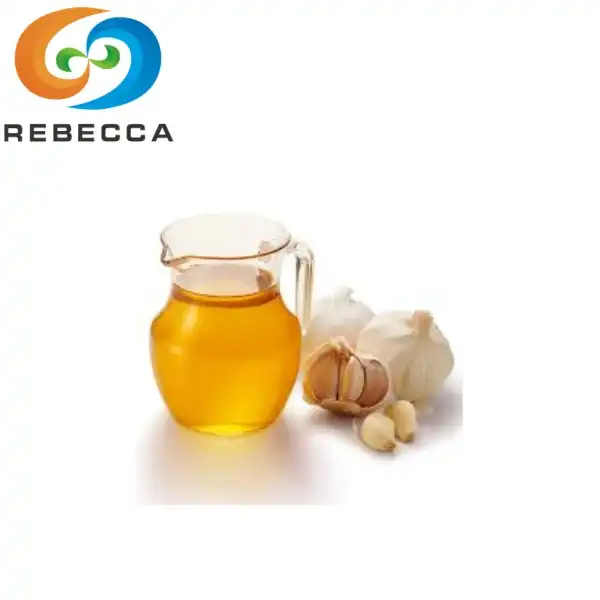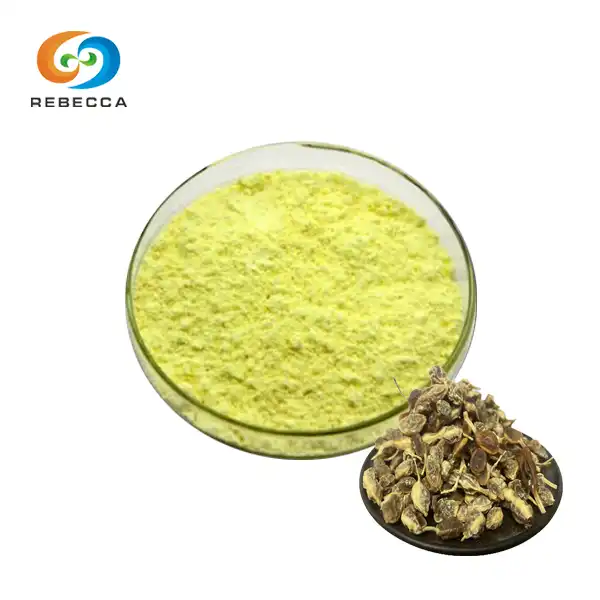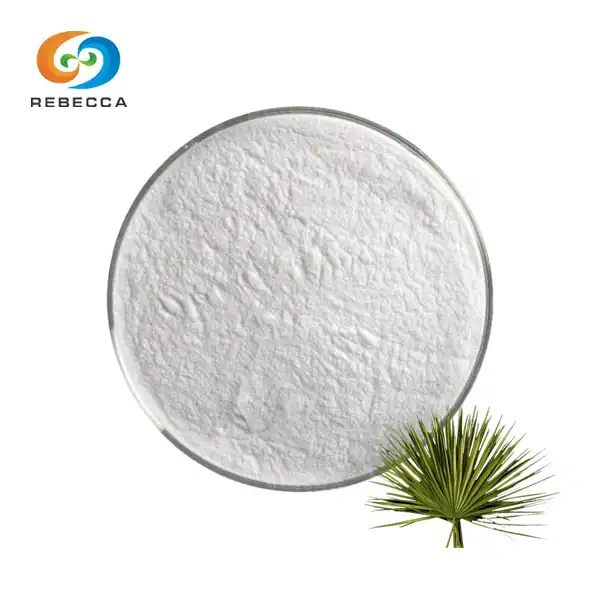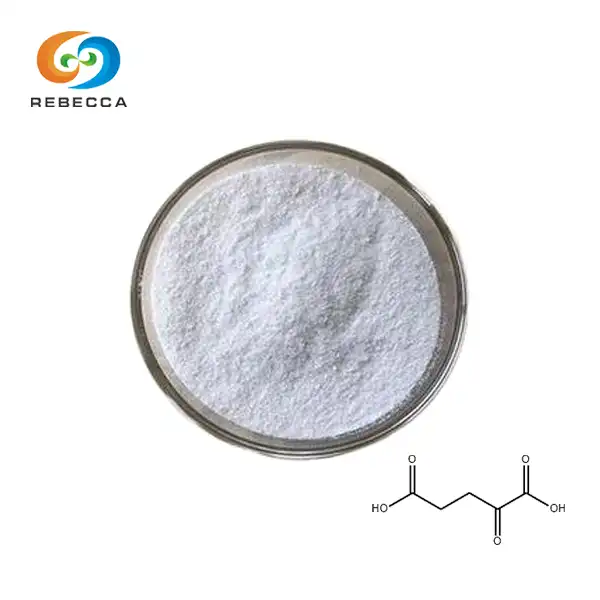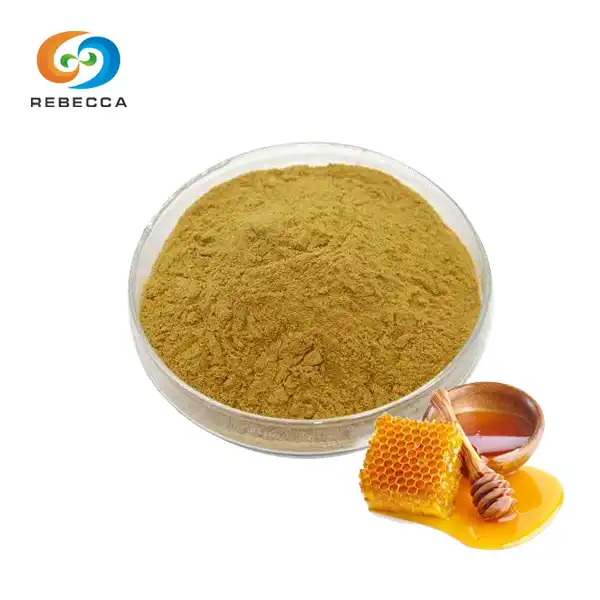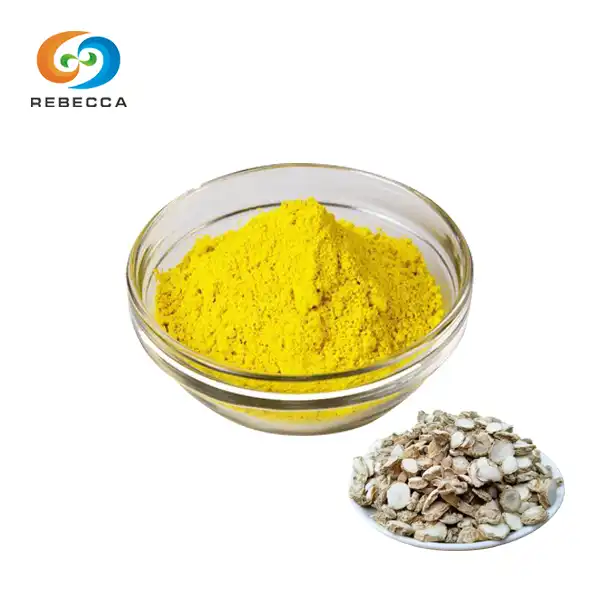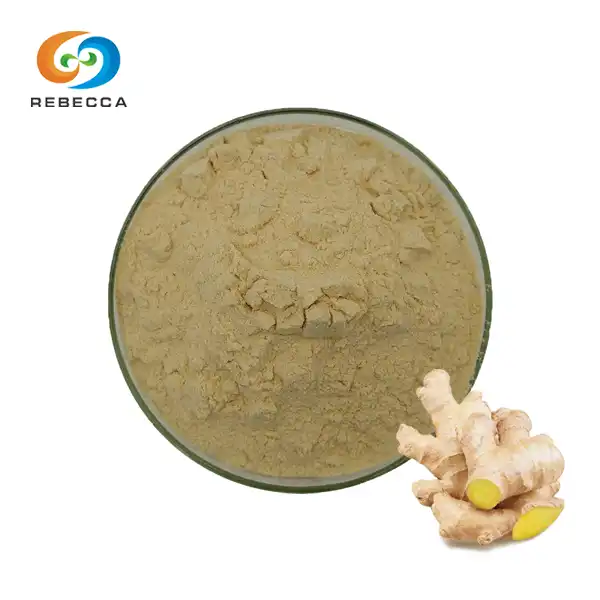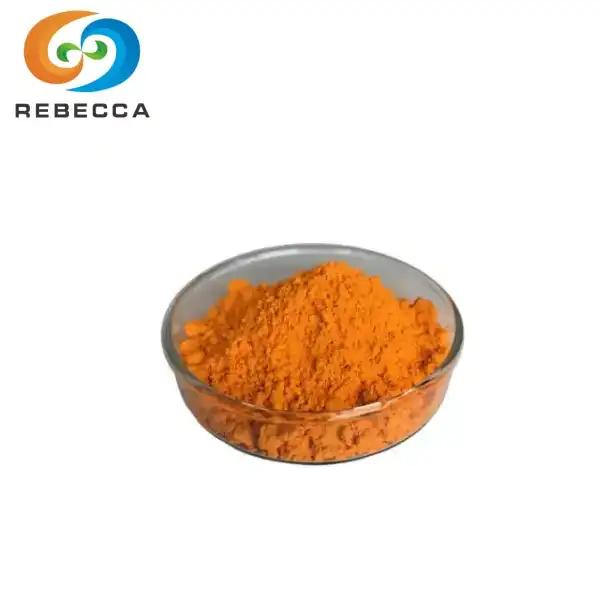What is creatine monohydrate made from?
Creatine monohydrate has become a staple in sports nutrition and fitness circles, celebrated for its role in enhancing athletic performance, supporting muscle growth, and improving exercise recovery. But for those new to supplements or curious about the science behind their favorite products, a common question arises: What exactly is creatine monohydrate made from? In this article, we'll delve into the industrial production of this widely used compound, exploring the raw materials, chemical synthesis processes, and the meticulous steps that transform basic precursors into the pure creatine monohydrate powder found in supplements
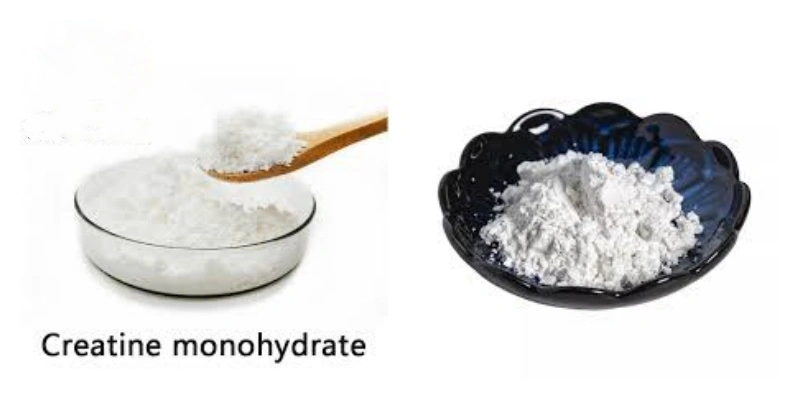
Product Name: Creatine Monohydrate
Creatine Monohydrate PowderSpecification: 99.5%-102.0%, HPLC
CAS: 6020-87-7
Creatine monohydrate Professional Manufacturer and Supplier
Free Sample Available, MSDS Available
Chemical Synthesis in Creatine Production
While creatine occurs naturally in small quantities in animal-based foods like meat, fish, and eggs, the demands of dietary supplements require a more efficient and scalable production method. This is where chemical synthesis steps in. Unlike natural extraction, which would be impractical for meeting global demand, chemical synthesis allows for precise control over the compound's purity, structure, and yield. The process is rooted in organic chemistry, leveraging carefully selected raw materials and controlled reactions to form creatine monohydrate.
It's important to note that synthetic creatine is identical to the creatine produced by the human body and found in food. The misconception that “synthetic” implies inferiority is unfounded; in fact, industrial synthesis ensures consistency and eliminates contaminants that might be present in natural sources. This makes synthetic creatine monohydrate not only safe but also the preferred choice for supplement manufacturers aiming to deliver reliable, high-quality products.

Key Raw Materials in Creatine Monohydrate Synthesis
The production of creatine monohydrate relies on three primary raw materials: urea, cyanoacetic acid, and methylamine. Each of these substances plays a critical role in the chemical reactions that yield the final product. Let's examine them in detail:
Urea: The Nitrogen Source
Urea is a nitrogen-rich compound commonly found in agricultural fertilizers and industrial chemicals. In creatine synthesis, it serves as a key source of the guanidino group, a structural component essential to creatine's molecular makeup. Derived from the reaction of ammonia with carbon dioxide, urea is a stable, cost-effective raw material that enables the formation of the guanidine moiety during the synthesis process.
Cyanoacetic Acid: The Carbon Skeleton Builder
Cyanoacetic acid (also known as malononitrile) provides the carbon and nitrogen atoms needed to form the acetic acid portion of creatine. This compound is synthesized from chloroacetic acid and sodium cyanide, creating a foundational structure that will later bond with the guanidino group. Its role in establishing the carbon skeleton is pivotal for the formation of guanidinoacetic acid, an intermediate compound in creatine production.
Methylamine: The Methyl Group Donor
Methylamine is a simple organic compound that donates a methyl group (CH3) during the synthesis. This methyl group is critical for converting cyanoacetic acid into guanidinoacetic acid, a step that introduces the necessary methyl substitution to form the creatine molecule. Methylamine is available in both liquid and gaseous forms, and its use in the reaction is carefully controlled to ensure optimal yield and purity.
Together, these raw materials undergo a series of chemical transformations that refine them into the pure creatine monohydrate powder used in supplements. Each component is selected for its reactivity, availability, and compatibility with the synthesis process, ensuring that the final product meets strict quality standards.

The Step-by-Step Synthesis Process
The synthesis of creatine monohydrate is a multi-stage process that requires precision and careful monitoring. Let's break down the key steps involved in transforming raw materials into the finished product:
Step 1: Formation of Guanidinoacetic Acid (GAA)
The first major reaction involves cyanoacetic acid and methylamine. In an aqueous or organic solvent, methylamine reacts with cyanoacetic acid to form guanidinoacetic acid (GAA). This reaction, known as a guanidination, introduces the guanidino group to the cyanoacetic acid skeleton, creating the intermediate compound GAA. The conditions, including temperature, pH, and reaction time, are tightly controlled to maximize yield and minimize byproducts.
Step 2: Conversion to Creatine
Once GAA is formed, it proceeds to react with urea in a process called amidation. Urea donates a second nitrogen group, leading to the formation of creatine. This reaction is typically carried out in a heated solution, often with a catalyst to facilitate the bond formation. The resulting creatine is a white crystalline powder, but it still requires purification to remove any unreacted raw materials or byproducts.
Step 3: Crystallization with Water
Creatine monohydrate gets its name from the single water molecule (mono = one, hydrate = water) that bonds with the creatine molecule during crystallization. After the creatine is synthesized, it is dissolved in a solvent—usually water— and then cooled to encourage crystal formation. As the solution cools, creatine molecules bond with water molecules to form the stable monohydrate crystals. This step is crucial for achieving the correct molecular structure and ensuring the powder's stability during storage.
Step 4: Purification and Quality Control
The final stages of production involve rigorous purification processes, such as filtration, recrystallization, and HPLC (high-performance liquid chromatography) analysis, to ensure the creatine monohydrate meets pharmaceutical-grade standards. Manufacturers like Rebecca Bio-Tech adhere to strict quality control measures, verifying that the product's purity falls within the range of 99.5% to 102.0% as measured by HPLC, with a CAS number (6020-87-7) that confirms its chemical identity.
Each step in the synthesis process is designed to optimize purity, safety, and consistency, ensuring that the end product is a reliable source of creatine for consumers worldwide. The combination of scientific precision and industrial expertise is what transforms simple raw materials into the high-quality supplement used by athletes, bodybuilders, and health-conscious individuals.

Pure Creatine Monohydrate Powder For Sale
Now that you understand the science behind how creatine monohydrate is made, you can appreciate the care and precision that goes into producing a premium supplement. At Rebecca Bio-Tech, we specialize in manufacturing pure creatine monohydrate powder that meets the highest industry standards. Our product features:
- Purity: 99.5%–102.0% (HPLC tested)
- CAS Number: 6020-87-7 (verified chemical identity)
- Professional-grade quality, suitable for dietary supplements and industrial applications
- Free samples and MSDS (Material Safety Data Sheet) are available for evaluation
As a leading manufacturer and supplier, we prioritize transparency and quality in every batch we produce. Whether you're formulating a sports nutrition product or seeking a reliable raw material for research, our creatine monohydrate powder offers the consistency and purity your projects demand.
Ready to experience the Rebecca difference? contact us today at information@sxrebecca.com to learn more about our products, request a free sample, or place an order. Our team is dedicated to providing exceptional service and supporting your needs with expert knowledge and premium ingredients.
References
1. "Creatine: Nature, Dietary Sources, and Synthesis." Journal of Applied Nutrition, 2019.
2. Industrial Chemistry Handbook: Organic Synthesis Processes, 3rd Edition, 2020.
3. FDA Guidelines for Dietary Supplement Ingredients, 2023.
